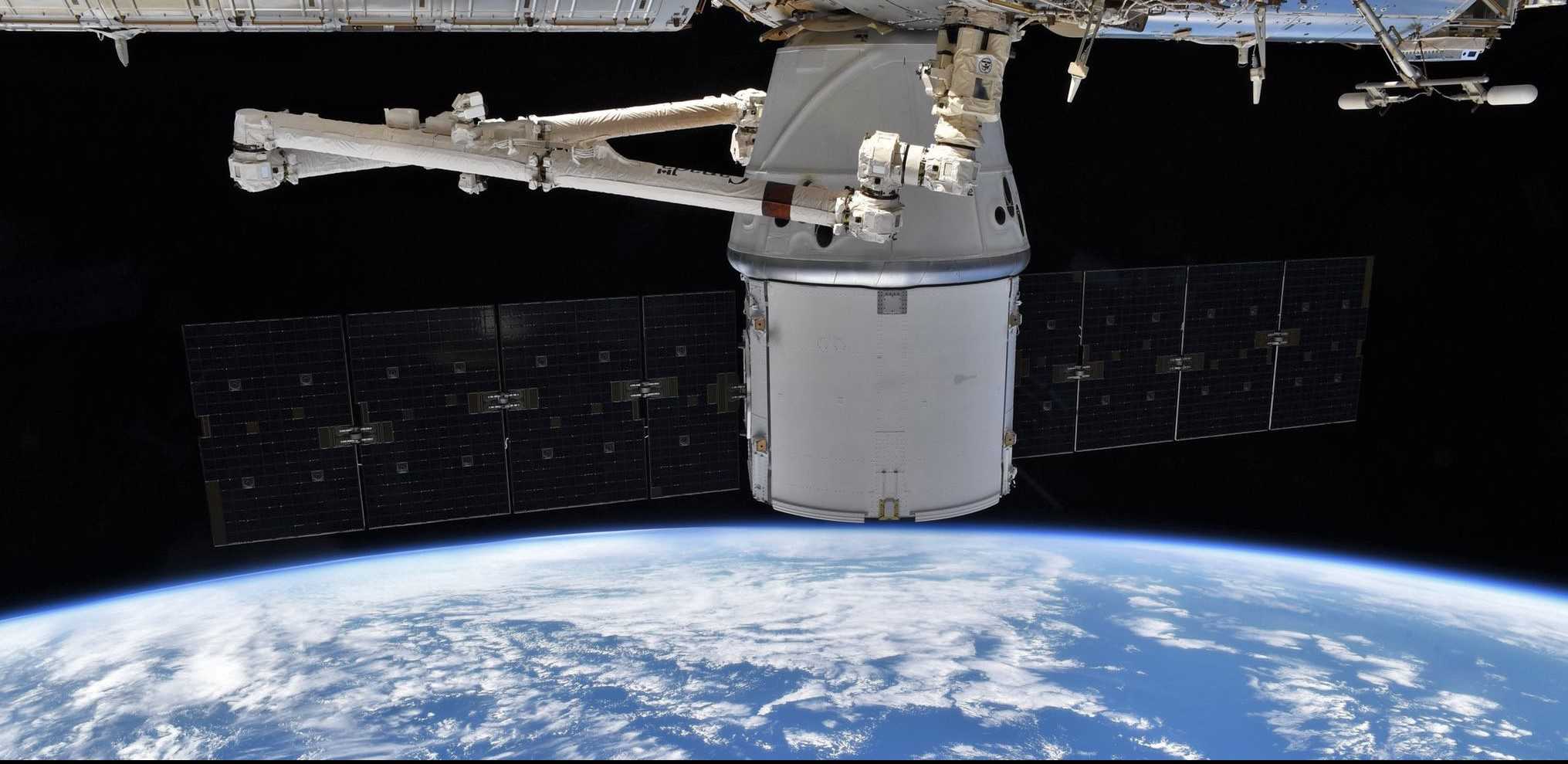
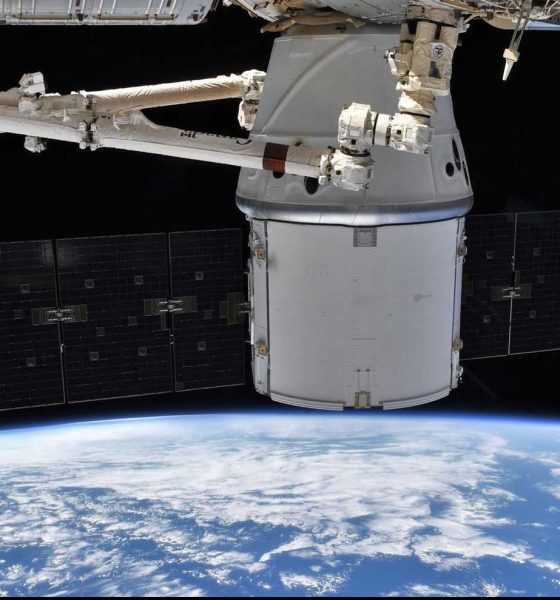
News
SpaceX Dragon spacecraft caught by robotic space station arm for the last time
On March 9th, SpaceX’s CRS-20 Cargo Dragon completed an uneventful journey to the International Space Station (ISS), where the spacecraft was successfully captured giant robotic arm for the last time.
Barring several major surprises, Dragon’s March 9th capture was the last time a SpaceX spacecraft berthed with a space station for the foreseeable future – possibly forever. Referring to the process of astronauts manually catching visiting vehicles and installing them on an airlock with a giant, robotic arm, berthing is a much younger technology than docking and was developed as an alternative for a few particular reasons. Perhaps most importantly, the Common Berthing Mechanism (CBM) ports used by Cargo Dragon, Cygnus, and HTV spacecraft are more than 60% wider than standard docking ports. In other words, spacecraft that berth can transport substantially larger pieces of cargo to and from the space station.
More significantly, however, the CBM standard came about in large part due to the decision to assemble the ISS out of 16 pressurized segments, each separately launched into orbit. Measuring about 1.25m (4.2 ft) wide, the CBM ports that connect most of the space station’s 16 livable segments make the ISS far more practical for the astronauts that crew it, while also allowing for larger hardware to be moved between each module. With Crew Dragon, design requirements meant that SpaceX had to move from berthing to docking, a trait SpaceX thus carried over when it chose to base its Cargo Dragon replacement on a lightly-modified Crew Dragon design.
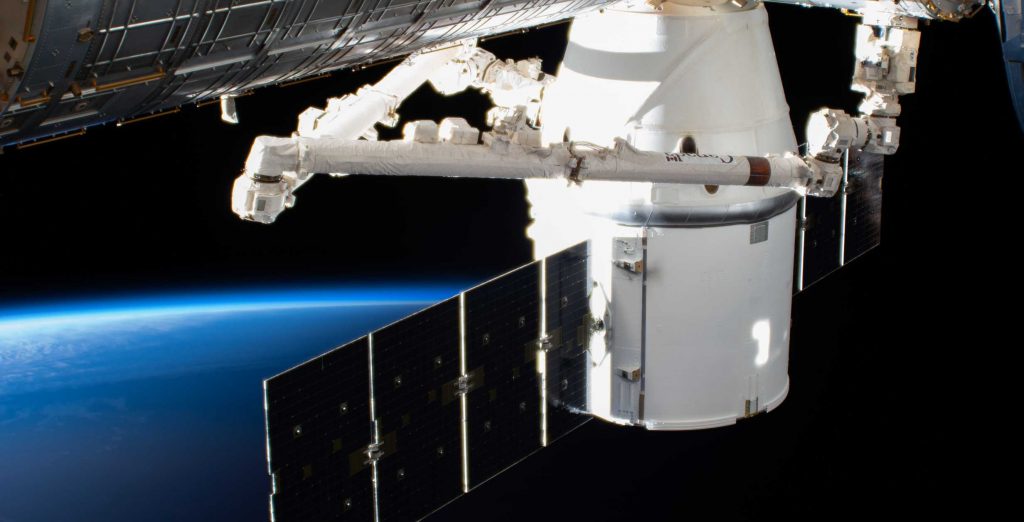

Now verging on routine, Cargo Dragon capsule C112 began its final approach to the International Space Station on March 9th, pausing at set keep-out zones while SpaceX operators waited for NASA and ISS approval to continue. After several stops, Dragon arrived at the last hold point – some 10m (33 ft) away from the station – and NASA astronaut Jessica Meir manually steered Canadarm2 to a successful capture, quite literally grabbing Dragon with a sort of mechanical hand.
At that point, Dragon – like a large ship arriving in port with the help of tugboats – is in the hands of external operators. At the ISS, Canadarm2 essentially flips itself around with Dragon still attached, carefully and slowly mating the spacecraft with one of the station’s free berthing ports. Unlike docking ports, the active part of a berthing port is located on the station’s receiving end, where electromechanical latches and bolts permanently secure the spacecraft to the station and ensure a vacuum seal.
Finally, once berthing is fully complete, ISS astronauts can manually open Dragon’s hatch, giving them access to the two or so metric tons (~4000 lb) of cargo typically contained within. All told, the process of berthing is relatively intensive and expensive in terms of the amount of time station astronauts and NASA ground control must spend to complete a single resupply mission. From start to finish, excluding training, berthing takes a crew of two station astronauts some 9-12 hours of near-continuous work from spacecraft approach to hatch open.
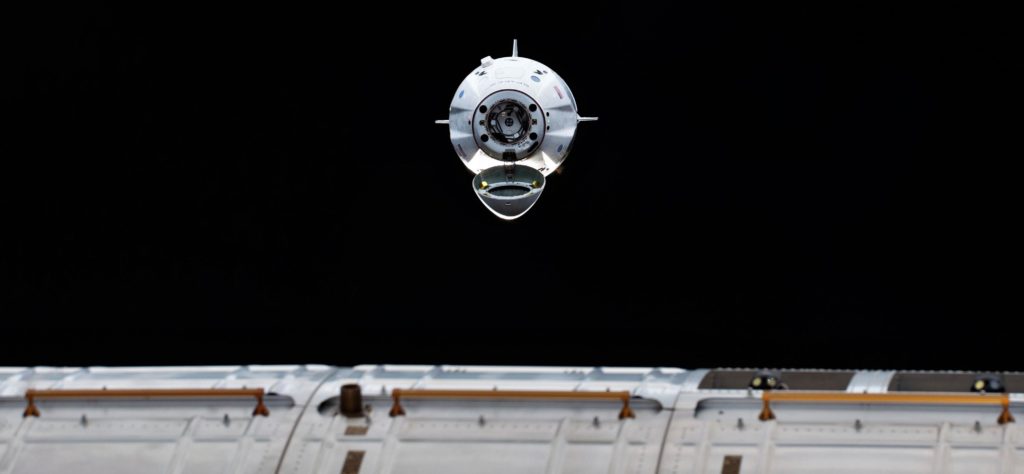
One definite benefit of the docking approach Crew Dragon and Cargo Dragon 2 will use is just how fast it is compared to berthing. Because docking is fundamentally autonomous and controlled by the spacecraft instead of the station, it significantly reduces the workload placed on ISS astronauts. Crew members must, of course, remain vigilant and pay close attention during the critical approach period, particularly with uncrewed Cargo Dragon 2 spacecraft. However, the assumption is always that the spacecraft will independently perform almost all tasks related to docking, short of actually offloading cargo and crew.
For now, CRS-20 will likely be SpaceX’s last uncrewed NASA cargo mission for at six months. CRS-21 – Cargo Dragon 2’s launch debut – is currently scheduled no earlier than (NET) Q4 2020. Nevertheless, Crew Dragon’s next launch – also its astronaut launch debut – could lift off as early as May 2020, just two months from now. With both SpaceX’s crew and cargo missions soon to consolidate around a single spacecraft, the odds are good that Dragon 2 will wind up flying far more than Dragon 1, and the start of its increasingly common launches is just around the corner.
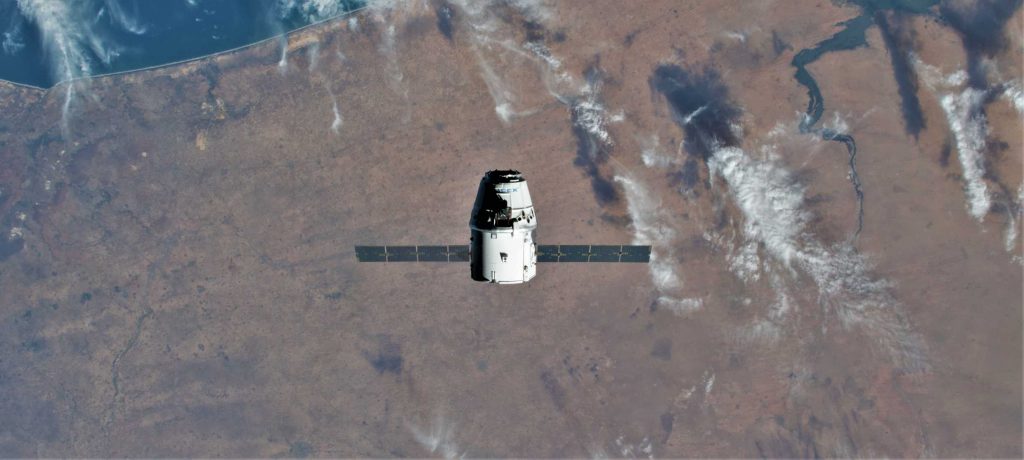
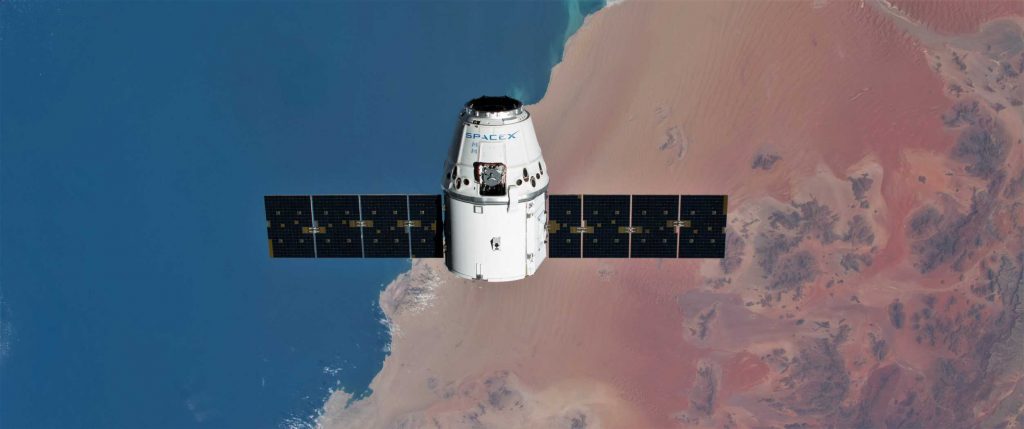
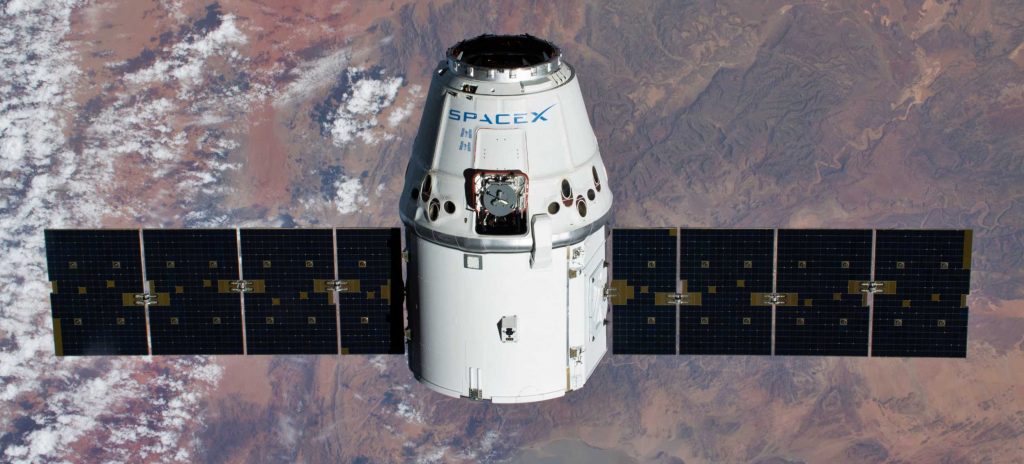
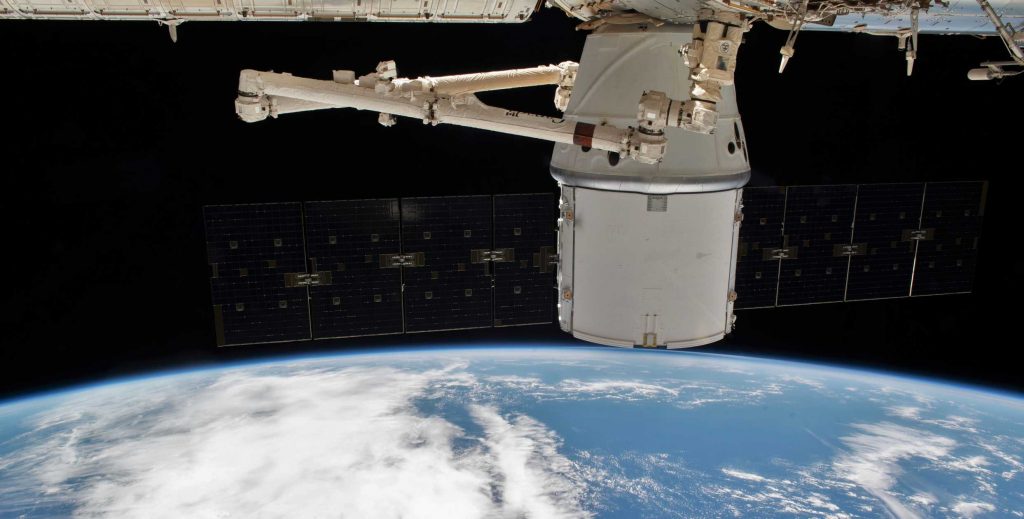
Check out Teslarati’s Marketplace! We offer Tesla accessories, including for the Tesla Cybertruck and Tesla Model 3.

Elon Musk
Elon Musk’s X will start using a Tesla-like software update strategy
The initiative seems designed to accelerate updates to the social media platform, while maintaining maximum transparency.

Elon Musk’s social media platform X will adopt a Tesla-esque approach to software updates for its algorithm.
The initiative seems designed to accelerate updates to the social media platform, while maintaining maximum transparency.
X’s updates to its updates
As per Musk in a post on X, the social media company will be making a new algorithm to determine what organic and advertising posts are recommended to users. These updates would then be repeated every four weeks.
“We will make the new 𝕏 algorithm, including all code used to determine what organic and advertising posts are recommended to users, open source in 7 days. This will be repeated every 4 weeks, with comprehensive developer notes, to help you understand what changed,” Musk wrote in his post.
The initiative somewhat mirrors Tesla’s over-the-air update model, where vehicle software is regularly refined and pushed to users with detailed release notes. This should allow users to better understand the details of X’s every update and foster a healthy feedback loop for the social media platform.
xAI and X
X, formerly Twitter, has been acquired by Elon Musk’s artificial intelligence startup, xAI last year. Since then, xAI has seen a rapid rise in valuation. Following the company’s the company’s upsized $20 billion Series E funding round, estimates now suggest that xAI is worth tens about $230 to $235 billion. That’s several times larger than Tesla when Elon Musk received his controversial 2018 CEO Performance Award.
As per xAI, the Series E funding round attracted a diverse group of investors, including Valor Equity Partners, Stepstone Group, Fidelity Management & Research Company, Qatar Investment Authority, MGX, and Baron Capital Group, among others. Strategic partners NVIDIA and Cisco Investments also continued support for building the world’s largest GPU clusters.
News
Tesla FSD Supervised wins MotorTrend’s Best Driver Assistance Award
The decision marks a notable reversal for the publication from prior years, with judges citing major real-world improvements that pushed Tesla’s latest FSD software ahead of every competing ADAS system.

Tesla’s Full Self-Driving (Supervised) system has been named the best driver-assistance technology on the market, earning top honors at the 2026 MotorTrend Best Tech Awards.
The decision marks a notable reversal for the publication from prior years, with judges citing major real-world improvements that pushed Tesla’s latest FSD software ahead of every competing ADAS system. And it wasn’t even close.
MotorTrend reverses course
MotorTrend awarded Tesla FSD (Supervised) its 2026 Best Tech Driver Assistance title after extensive testing of the latest v14 software. The publication acknowledged that it had previously criticized earlier versions of FSD for erratic behavior and near-miss incidents, ultimately favoring rivals such as GM’s Super Cruise in earlier evaluations.
According to MotorTrend, the newest iteration of FSD resolved many of those shortcomings. Testers said v14 showed far smoother behavior in complex urban scenarios, including unprotected left turns, traffic circles, emergency vehicles, and dense city streets. While the system still requires constant driver supervision, judges concluded that no other advanced driver-assistance system currently matches its breadth of capability.
Unlike rival systems that rely on combinations of cameras, radar, lidar, and mapped highways, Tesla’s FSD operates using a camera-only approach and is capable of driving on city streets, rural roads, and freeways. MotorTrend stated that pure utility, the ability to handle nearly all road types, ultimately separated FSD from competitors like Ford BlueCruise, GM Super Cruise, and BMW’s Highway Assistant.
High cost and high capability
MotorTrend also addressed FSD’s pricing, which remains significantly higher than rival systems. Tesla currently charges $8,000 for a one-time purchase or $99 per month for a subscription, compared with far lower upfront and subscription costs from other automakers. The publication noted that the premium is justified given FSD’s unmatched scope and continuous software evolution.
Safety remained a central focus of the evaluation. While testers reported collision-free operation over thousands of miles, they noted ongoing concerns around FSD’s configurable driving modes, including options that allow aggressive driving and speeds beyond posted limits. MotorTrend emphasized that, like all Level 2 systems, FSD still depends on a fully attentive human driver at all times.
Despite those caveats, the publication concluded that Tesla’s rapid software progress fundamentally reshaped the competitive landscape. For drivers seeking the most capable hands-on driver-assistance system available today, MotorTrend concluded Tesla FSD (Supervised) now stands alone at the top.
News
Elon Musk’s Grokipedia surges to 5.6M articles, almost 79% of English Wikipedia
The explosive growth marks a major milestone for the AI-powered online encyclopedia, which was launched by Elon Musk’s xAI just months ago.

Elon Musk’s Grokipedia has grown to an impressive 5,615,201 articles as of today, closing in on 79% of the English Wikipedia’s current total of 7,119,376 articles.
The explosive growth marks a major milestone for the AI-powered online encyclopedia, which was launched by Elon Musk’s xAI just months ago. Needless to say, it would only be a matter of time before Grokipedia exceeds English Wikipedia in sheer volume.
Grokipedia’s rapid growth
xAI’s vision for Grokipedia emphasizes neutrality, while Grok’s reasoning capabilities allow for fast drafting and fact-checking. When Elon Musk announced the initiative in late September 2025, he noted that Grokipedia would be an improvement to Wikipedia because it would be designed to avoid bias.
At the time, Musk noted that Grokipedia “is a necessary step towards the xAI goal of understanding the Universe.”
Grokipedia was launched in late October, and while xAI was careful to list it only as Version 0.1 at the time, the online encyclopedia immediately earned praise. Wikipedia co-founder Larry Sanger highlighted the project’s innovative approach, noting how it leverages AI to fill knowledge gaps and enable rapid updates. Netizens also observed how Grokipedia tends to present articles in a more objective manner compared to Wikipedia, which is edited by humans.
Elon Musk’s ambitious plans
With 5,615,201 total articles, Grokipedia has now grown to almost 79% of English Wikipedia’s article base. This is incredibly quick, though Grokipedia remains text-only for now. xAI, for its part, has now updated the online encyclopedia’s iteration to v0.2.
Elon Musk has shared bold ideas for Grokipedia, including sending a record of the entire knowledge base to space as part of xAI’s mission to preserve and expand human understanding. At some point, Musk stated that Grokipedia will be renamed to Encyclopedia Galactica, and it will be sent to the cosmos.
“When Grokipedia is good enough (long way to go), we will change the name to Encyclopedia Galactica. It will be an open source distillation of all knowledge, including audio, images and video. Join xAI to help build the sci-fi version of the Library of Alexandria!” Musk wrote, adding in a later post that “Copies will be etched in stone and sent to the Moon, Mars and beyond. This time, it will not be lost.”








